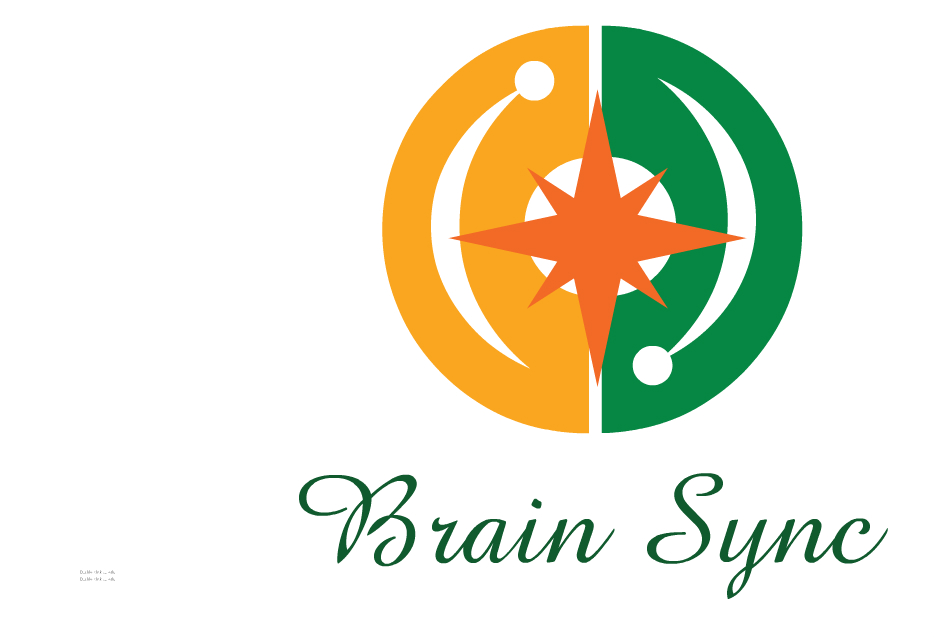Retained Primitive Reflexes
What is a Primitive Reflex?
- It is an involuntary movement. In response to a stimulus, a fetus or newborn must respond with the same type of movement each time.
- Primitive reflexes (also known as neonatal reflexes) are present to help the baby in the birth process and as a survival mechanism in the first year of life.
- Primitive reflexes are critical as a foundation for more complex skills.
- The first part of the brain to develop, the lower levels of the brain, govern primitive reflexes.
What is the meaning of the phrase “Integration of Primitive Reflexes?”
When the reflex is integrated, it is no longer an involuntary movement. As higher learning levels of the brain develop, a reflex becomes incorporated into more complex, more mature movements.
If a child responds involuntarily to a stimulus with a reflexive pattern of movement, past the typical age of integration, that reflex is said to be “retained.”
Why are primitive reflexes sometimes retained?
There are different theories as to why a reflex would be retained. The following is a list of possible causes and conditions that are associated with retained primitive reflexes:
- Traumatic birth process, such as premature birth, lack of oxygen during birth, or breech position.
- Caesarean section.
- Repeated ear infections as a newborn.
- Babies who do not have enough time lying on their stomachs–it greatly impedes the development of strength and more complex movement.
- Babies who are kept in a restrictive environment (car seat or stroller) and not allowed sufficient time to explore their environment.
- Children who skip developmental steps, such as a baby who skips crawling and is an early walker.
- Societal factors—children who do not play developmental games, such as red light/ green light, jump rope, hopscotch, jacks, etc.
What are some symptoms of retained primitive reflexes?
In general, for pre-school aged children, symptoms of retained reflexes are missed gross motor milestones, such as jumping, hopping and running smoothly.
However, the symptoms are often not noticed until the child is older, enters school and has difficulty with academics and sports.
Even if the child learns compensation mechanisms, he might have high levels of frustration or fatigue due to the sustained effort needed to compensate or override the involuntary reflex. In some cases, this leads to low self-esteem.
High frustration levels can lead to emotional instability. Fears and anxiety are common.
Specific symptoms are listed with the descriptions of each reflex.
Brain Sync
What is Brain Sync?
When reflexes are retained, there are often resulting problems with vision, such as tracking words on a page, focusing and visual processing. Other problems that are subsequent to retained reflexes include balance and coordination issues. The coordination issues include being unable to perform differential movements between the top and bottom half of the body, or between the right and left sides.
Brain Sync consists of two parts:
- A group exercise class for 45 minutes, once per week for 15 weeks.
- A home exercise program, which should be performed each day for the duration of the 15-week program.
The exercises and activities are designed to:
- Integrate the reflex, giving the child the ability to have a controlled movement in response to a specific stimulus so he no longer has an involuntary response.
- Remediate any vision problems subsequent to the retained reflex, such as tracking, visual processing and problems changing focus from near to far distances.
- Improve balance and coordination. Due to having retained reflexes, many times the child never learned coordinated movement patterns. The program is designed to bring them up to speed.
How was Brain Sync developed?
A large amount of research has yielded various different kinds of reflex integration programs. Brain Sync draws from the following reflex integration and vision programs:
- Brain Gym
- The Masgutova Method
- Visual Dynamix
- Institute for Neuro-Physiological Psychology (INPP)
- Rhythmic Movement Training
- Bal-A-Vis-X
Each of these programs is safe and non-invasive, with research supporting improvements in academics following integration of retained reflexes.


